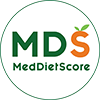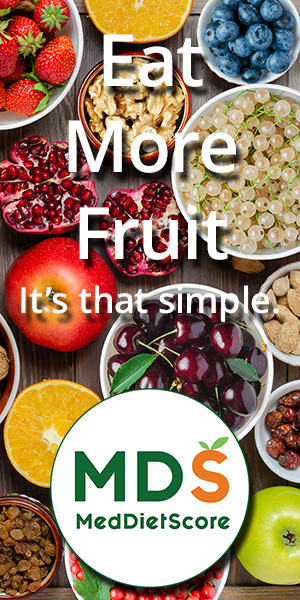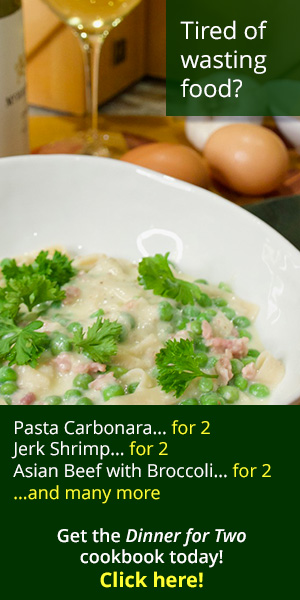Ingredient Information
Buttermilk, in Baking
Originally this was the sour liquid that is left after churning butter from milk. Buttermilk is now made by culturing milk. The fermented product is rich and creamy but still tart. This makes it a great choice, as it’s low in fat, since most buttermilk is usually made with skim milk. This can be used instead of milk in soups and sauces, but must be heated gently or it will curdle. Buttermilk can be salty, so check the package.
1/2 cup non-fat buttermilk = 49 calories, 0g fat, 0g sat fat, 0g mono fat, 4g protein, 6g carbohydrates, 128mg sodium, 5mg cholesterol
Make your own buttermilk
If you are caught without any buttermilk, you can make it easily by using 1 cup of skim milk and a tablespoon of any acid. Using white vinegar or lemon juice will work and these add more tartness. Using a tablespoon of cream of tartar will work as well and this will not be quite as acidic.
Buttermilk in Baking
Buttermilk is ideal in baking because there’s no fat or very little fat (so fewer calories) and it acts very much like whole milk in pancakes, muffins, and quickbreads.
If you are going to substitute buttermilk for milk in your recipes, you will need to change the amount of baking soda as well as the amount of baking powder. This is because of the higher acid content in buttermilk.
Baking soda reacts with acids such as yogurt, lemon juice, orange juice, or even chocolate, to create carbon dioxide (CO2). The CO2 that is released helps your bread or muffins rise. Baking powder already has some acid in the mix (usually cream of tartar) and reacts on its own.
Because of this, you will usually need less baking soda or baking powder when using buttermilk in your baked goods.
For each cup of buttermilk used instead of milk you will want to use 2 teaspoons less baking powder and add 1/2 teaspoon of baking soda.




